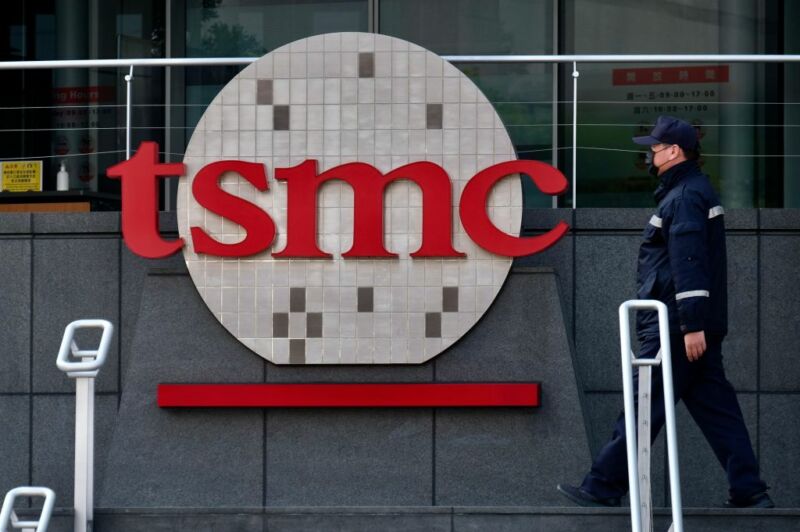
Carmakers can expect a sharp upturn in chip supplies in the coming weeks, Taiwan Semiconductor Manufacturing Company (TSMC) said, signaling that a global shortage may have moved past its most crippling stage.
In the first six months of 2021, TSMC increased its output of micro-controlling units, an important component used for car electronics, by 30 per cent compared with the same period last year, the world’s largest contract chipmaker told investors on an earnings call on Thursday. MCU production is expected to be 60 percent higher for the full year than in 2020, it added.
“By taking such actions, we expect the shortage to be greatly reduced for TSMC customers starting this quarter,” said CC Wei, TSMC’s chief executive.
TSMC’s announcement follows more than nine months of severe shortages of chips, which disrupted global automotive production. The crisis began after carmakers pulled chip orders last fall, leaving them without supplies when demand suddenly surged weeks later.
Analysts have recently raised their outlook for automotive chip supplies.
IHS Markit said in a note in late June that it expected the disruption to recede in the third quarter. “We expect an improvement over the first or second quarter because the situation is becoming better understood and great efforts are being made to enhance visibility within a very complex supply chain,” it wrote.
“We see evidence of this in some of the more relaxed announcements coming from General Motors starting back operations earlier than initially planned and Toyota’s ongoing commitment to its planning.”
Analysts at JPMorgan estimated that production cuts by global carmakers related to the semiconductor shortage would fall to 399,000 vehicles in the third quarter compared with 1.9 million during the second quarter.
In a move set to also boost confidence in longer-term supply security, TSMC said it was ready to keep investing in mature production technology, which auto chip supplies mainly rely on.
“Our strategy more recently in mature nodes is to work more closely with our customers to create specialty solutions; we expect that this structural demand will continue,” said Mark Liu, TSMC’s chair. “We will focus our investment on specialty. For manufacturing greenfield expansion, we don’t rule it out, as long as demand can justify it.”
United Microelectronics Corporation, TSMC’s smaller Taiwanese rival, earlier this year announced a significant expansion of its manufacturing capacity at 28 nanometers, one of the most important nodes for car chip production.
TSMC’s willingness to reinvest in older technologies, a departure from its past practice, is part of a broader strategic adjustment. Liu also announced that the company was ready to invest in more new fabrication plants, or fabs, in countries other than Taiwan.
“There are several projects still under planning,” Liu said, adding that investment in any of those would come on top of the $100 billion in capital spending TSMC has earmarked for the next three years.
The company said it would not rule out expanding its manufacturing base in Arizona beyond the $12 billion fab due to start production in 2024. TSMC also announced that it is doing due diligence on a proposal to build a specialty semiconductor fab in Japan, a country it had previously only considered for research and development.
Liu said that while TSMC would continue its policy of starting cutting-edge technology production in Taiwan and keep R&D there, the need for semiconductor infrastructure security made a more diverse manufacturing footprint necessary “to sustain and enhance our competitive advantage and better serve our customers in the new geopolitical environment.”
TSMC on Thursday reported net profits of NT$134.4 billion (US$4.8 billion) for the second quarter, an 11.2 per cent year-on-year increase. It forecast that revenue would rise 21 per cent to 23 per cent in the third quarter, a slight acceleration from the second quarter.
© 2021 The Financial Times Ltd. All rights reserved. Not to be redistributed, copied, or modified in any way.
